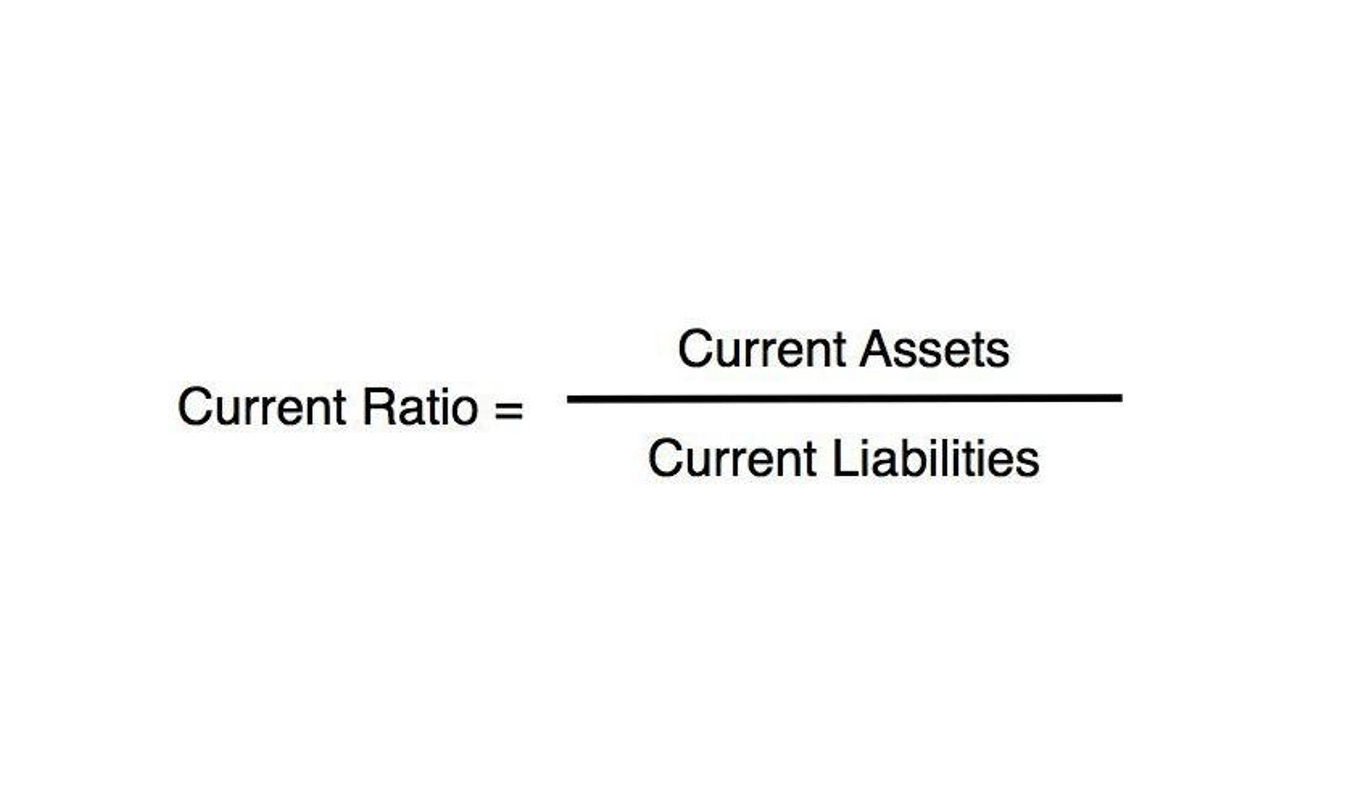
Creditors and company managers also use ratio analysis as a form of trend analysis. For example, they may examine trends in liquidity or profitability over time. They’re often referred to as “profitability ratios.” They give you a clear picture of profitability at various stages of operations. They include gross profit margin, operating profit margin, net profit margin, return on assets, and return on equity.

A company can perform ratio analysis over time to get a better understanding of the trajectory of its company. Instead of being focused on where it is today, the company is more interested n how the company has performed over time, what changes have worked, and what risks still exist looking to the future. Performing ratio analysis is a central part in forming long-term decisions and strategic planning. Investors can use ratio analysis easily, and every figure needed to calculate the ratios is found on a company’s financial statements.
More Resources
Common leverage ratios include the “debt ratio,” “debt-to-equity (D/E) ratio,” and “interest-coverage ratio.” It gives you an idea of how well the company can meet its obligations in the next 12 months. A company may be thrilled with this financial ratio until it learns that every competitor is achieving a gross profit margin of 25%. Ratio analysis is incredibly useful for a company to better stand how its performance compares to similar companies. In financial statement analysis, a business’s income statement is investigated to determine overall present and future profitability.
CAMDEN NATIONAL CORPORATION REPORTS THIRD QUARTER … – PR Newswire
CAMDEN NATIONAL CORPORATION REPORTS THIRD QUARTER ….
Posted: Tue, 31 Oct 2023 12:15:00 GMT [source]
Receivables turnover shows how quickly net sales are turned into cash. Knowing that a share price is $2.13 doesn’t tell you much, but knowing that the company’s price-to-earnings ratio (P/E) is 8.5 provides you with more context. It tells you that when divided by its earnings per share (EPS or $0.25 in this case), its price ($2.13) equals 8.5.
How to use financial ratios to improve your business
Be mindful of seasonality and how temporarily fluctuations in account balances may impact month-over-month ratio calculations. Then, a company analyzes how the ratio has changed over time (whether it is improving, the rate at which it is changing, and whether the company wanted the ratio to change over time). Similar to return how would you characterize financial ratios on assets, the return on equity is a profitability ratio that is used to analyze the equity effectiveness, which, in turn, earns profits for investors. They provide a picture of whether the stock is a good buy at current levels. How much cash, working capital, cash flow, or earnings do you get for each dollar you invest?
If the assets are not being used effectively, the company’s return on assets sum will be low. Return on assets, as the name suggests, helps an organization determine how well its assets are being employed to become more profitable. The ratio is useful because it indicates as a percentage the portion of each sales dollar that can be applied to cover a company’s operating expenses. The additional insights and narratives within the annual report include an extensive narrative breakdown of the various business segments, benchmarks, and overall growth.
What ratio shows the after-tax earnings on a per-share basis?
Liquidity ratios show whether a company is able to pay its debts and other liabilities. The company may face problems if it doesn’t have enough short-term assets to cover short-term debts or if it doesn’t produce enough cash flow to cover costs. There is often an overwhelming amount of data and information useful for a company to make decisions. To make better use of their information, a company may compare several numbers together. This process called ratio analysis allows a company to gain better insights to how it is performing over time, against competition, and against internal goals.
- Static numbers on their own may not fully explain how a company is performing.
- Determining liquidity in a business is important because it indicates whether a company owns resources that can quickly be converted to cash if needed.
- When calculating financial performance, there are seven critical ratios that are extensively used in the business world to assist and evaluate a company’s overall performance.
- They’re often referred to as “profitability ratios.” They give you a clear picture of profitability at various stages of operations.
- Liquidity ratios measure a company’s ability to pay off its short-term debts as they become due, using the company’s current or quick assets.
Many companies of this type have not yet achieved profitable operations. Ratios are time-sensitive by nature, because they measure data that changes over time. You can gain an edge when you compare ratios from one time period to another to get an idea of a company’s growth or other changes over time. To correctly implement ratio analysis to compare different companies, consider only analyzing similar companies within the same industry. In addition, be mindful how different capital structures and company sizes may impact a company’s ability to be efficient. In addition, consider how companies with varying product lines (i.e. some technology companies may offer products as well as services, two different product lines with varying impacts to ratio analysis).
Leverage
The former may trend upwards in the future, while the latter may trend downwards until each aligns with its intrinsic value. Try BDC’s free financial ratio calculators to assess the performance of your business. The leverage multiplier remains at one if all assets are financed by equity, but it begins to increase as more and more debt is used to purchase assets. The ratio is beneficial because it allows the organization to easily determine if their inventory is in demand, obsolete, or if they are carrying too much. The annual report consists of all the statements listed above but adds additional insights and narratives on critical figures within the organization. If one segment of the business is experiencing large outflows, in order to stay viable, the company must be generating inflows through financing or sales of assets.
- Ratio analysis is usually rooted heavily with financial metrics, though ratio analysis can be performed with non-financial data.
- Using the companies from the above example, suppose ABC has a P/E ratio of 100, while DEF has a P/E ratio of 10.
- For internal users, financial performance is examined to determine their respective companies’ well-being and standing, among other benchmarks.
- It gives a snapshot of a business’s ability to repay current obligations as it excludes inventory and prepaid items for which cash cannot be obtained immediately.
- In most cases, it is also important to understand the variables driving ratios as management has the flexibility to, at times, alter its strategy to make it’s stock and company ratios more attractive.
- They include gross profit margin, operating profit margin, net profit margin, return on assets, and return on equity.
- The ratio is useful because it indicates as a percentage the portion of each sales dollar that can be applied to cover a company’s operating expenses.
Ratios give you a picture of aspects of a company’s financial health, from how well it uses its assets to how well it can cover its debt. One by itself might not give you the full picture unless it’s viewed as part of a whole. Using a ratio means taking one https://www.bookstime.com/articles/how-to-calculate-reorder-points number from a company’s financial statements and dividing it by another. Benchmarks are also frequently implemented by external parties such lenders. Lending institutions often set requirements for financial health as part of covenants in loan documents.
Indicates the amount of after-tax profit generated for each dollar of equity. A measure of the rate of return the shareholders received on their investment. Measures how much debt a business is carrying as compared to the amount invested by its owners. This indicator is closely watched by bankers as a measure of a business’s capacity to repay its debts. Many of these ratios are already performed for you and displayed on financial websites.
